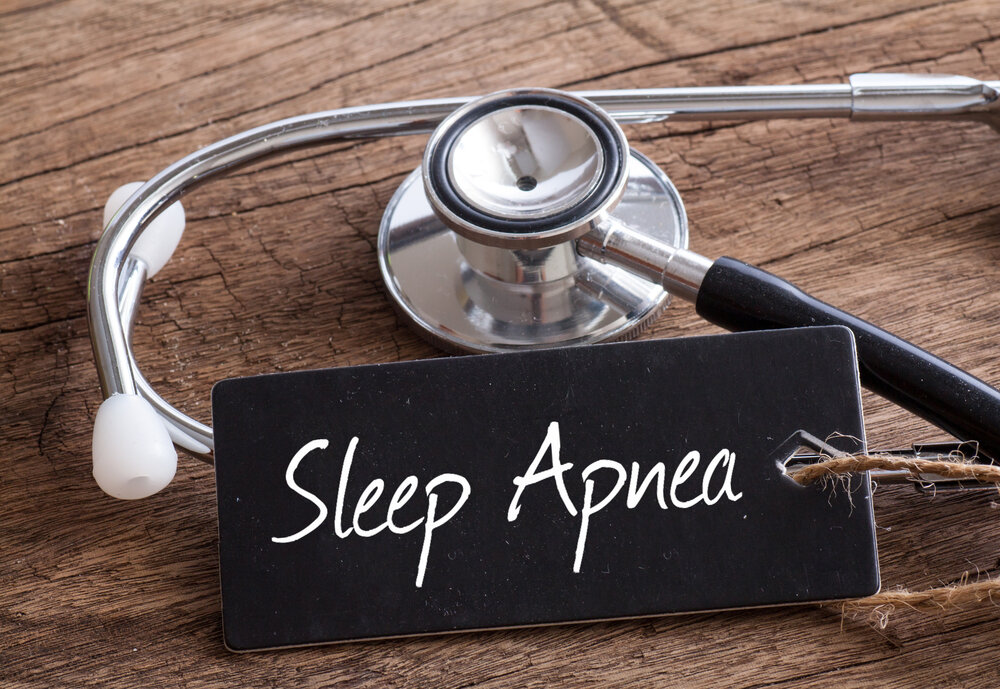How Exercise Helps in Sleep Apnea Treatment?
The body weight and sleep quality are interrelated. If you have OSA or obstructive sleep apnea, your neck weight can block the airway when you are sleeping. A study published in a journal by the American Medical Association states that 10% weight loss can decrease 26% of apnea-hypopnea index (AHI) of a patient. That means weight loss can help you in sleep apnea treatments.
Start Exercise – Tips for You
If you are new to exercises, you must have some ideas to begin with. You have to be consistent with a plan. A rigorous plan at the very beginning can drop your energy very soon.
A Reachable Goal – It is of no use to set a goal that you cannot reach and give up in midway. Start setting up realistic and small goals and that you can easily achieve.
Support – Ask for a support from your family, friends or spouse. Start exercising with a partner and it will help you to reach your goals.
Easy Exercise Routines– Set small exercise goals at the beginning. When you fit with routine well, it will work in future. Start with brisk walk and next follow stretching and resistance training.
Mouth Exercise for Sleep Apnea
Tiger Yell
Throat is generally the biggest source of OSA problems. Therefore, if you strengthen the long and thin muscles of the throat it may help. Start doing Tiger Yell. Open the mouth wide open just like a tiger. Now keep the tongue outside and try to lick your chin. It will help to lift the uvula for five seconds and follow it for ten times.
Sing Loudly
Sing loudly as it will strengthen your muscles of soft palate and upper throat. These muscles weakenas you age. You will see improvements in sleep apnea within three months.
Tongue Slides
When tongue collapses at the back of the throat, it can cause sleep apnea. To prevent this do ‘tongueslide’. Push the tongue tip against the mouth roof and slide the tongue backwards. Do this for 20 times.
Soft Palate Stretch
Open your mouth the widest possible when you say ‘ah’ in the throatback. Continue for 20 seconds. Now close the mouth and wait for five seconds. Then do it for five to ten seconds.
Jaw Tension Release
When you have a tight jaw, it pressures your breathing passage. Keep your tongue in the resting position and mouth closed. Now arch the tongue against the mouth roof and slide the tongue tip backwards as far as you can. Now keep the tongue in the same position and open the mouth slowly until the tongue can no longer rest. Repeat twice daily.
If you are still inquisitive about sleep apnea treatment with exercise, follow us at OKOA and know in details.
**Disclaimer: The information on this page is not intended to be a doctor's advice, nor does it create any form of patient-doctor relationship.

